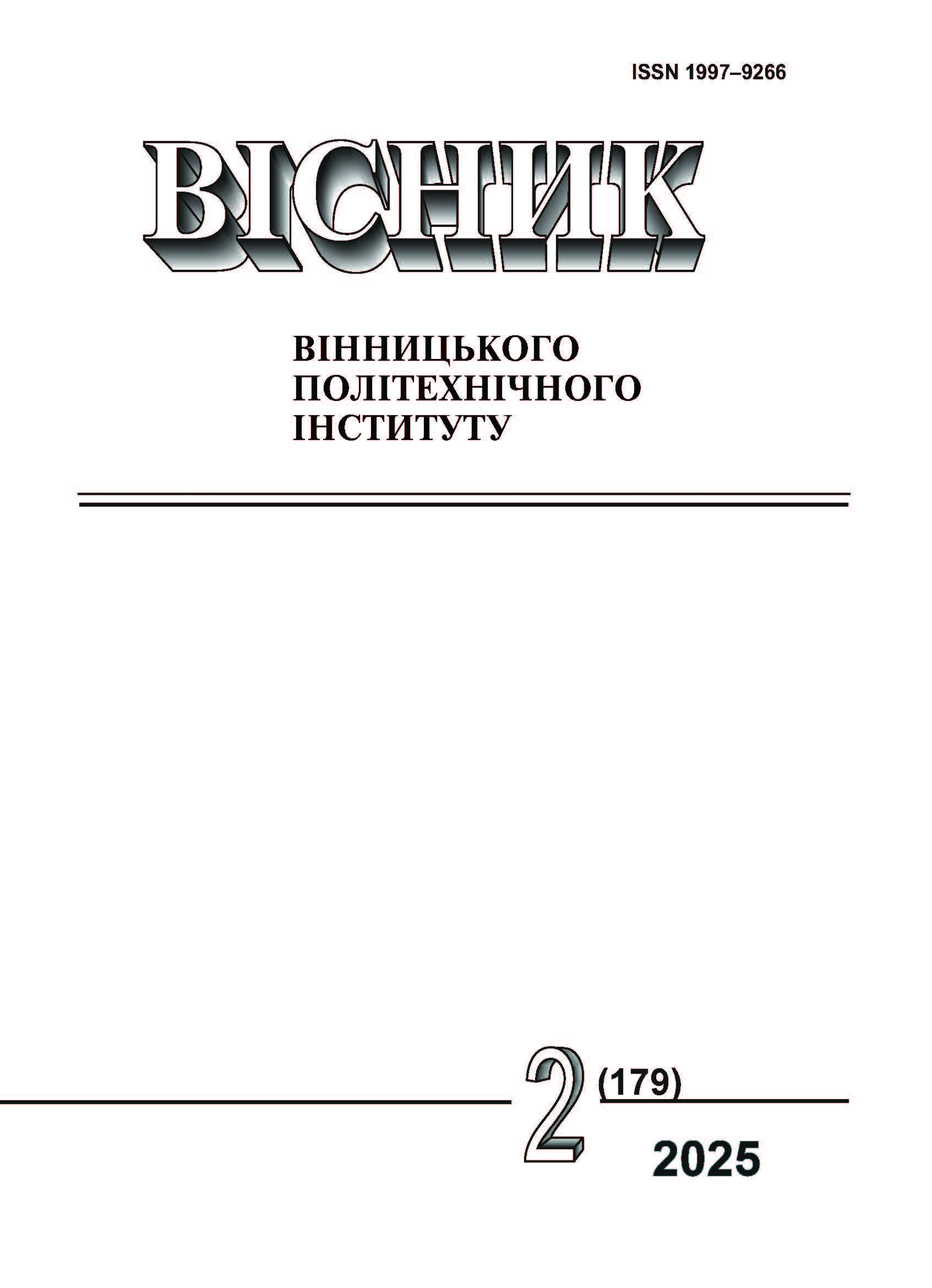Assessment of Water Heater Resource Features for Demand Response in the Energy System
DOI:
https://doi.org/10.31649/1997-9266-2025-179-2-71-80Keywords:
demand response, water heater, energy efficiency, balancing, aggregatorAbstract
The article explores the potential of electric storage water heaters (ESWH) as a resource for demand response in the energy system. The primary focus is on assessing the impact of various parameters and conditions of ESWHs on their efficiency, consumer comfort, and ability to participate in demand response programs. Historical data on electricity consumption, obtained from research based on observations of real experimental installations, is analyzed.
The influence of the ESWH tank volume, temperature settings, and operating modes on energy efficiency and consumer comfort is examined in detail. The analysis identifies optimal settings that ensure a balance between system energy efficiency and consumer convenience. Special attention is given to water heater management strategies that minimize consumer discomfort during use, particularly through Pareto-optimal combinations of volume and temperature.
The article also analyzes the impact of seasonal factors, ESWH volume selection parameters, and the settings and operating modes that determine the effectiveness of ESWHs in demand response programs.
Furthermore, the potential of ESWHs for demand response in Ukraine was assessed, taking into account the total number of water heaters, most of which are storage and vertical installation models. The study separately examines selected medium-volume water heaters, which are the most popular for household use and have high potential for flexible demand management. Based on calculations, the number of water heaters of different types and capacities was determined, allowing for the evaluation of their contribution to the overall demand response potential of the energy system.
The proposed approaches may be useful for further implementation of demand response programs aimed at enhancing energy efficiency and the reliability of the energy system while maintaining a high level of consumer comfort.
References
Національна комісія, що здійснює державне регулювання у сферах енергетики та комунальних послуг, «Правила ринку», Постанова № 307 від 14.03.2018 р., у редакції № 2060 від 06.12.2024. [Електронний ресурс]. Режим доступу: https://zakon.rada.gov.ua/laws/show/v0307874-18/. Дата звернення: 10.01.2025.
V. Kiianchuk, and K. Makhotilo, “Modeling of Domestic Electric Water Heaters for Demand Response,” in 2024 IEEE 5th KhPI Week on Advanced Technology, Kharkiv, Ukraine, 2024, рр. 1-6. https://doi.org/10.1109/KhPIWeek61434.2024.10878015 .
Ariston, “What is the ideal temperature for domestic hot water?” [Electronic resource]. Available: https://www.ariston.com/en-me/the-comfort-way/news/what-is-the-ideal-temperature-for-domestic-hot-water/. Accessed 05.01.2025.
N. Beeker, P. Malisani, and N. Petit, “Dynamical modeling for electric hot water tanks,” IFAC-PapersOnLine, vol. 48, no. 11, pp. 78-85, 2015.
Deutsches Institut für Normung, DIN EN 1111: Thermostatic mixing valves. General technical specification. Berlin, Germany: Beuth Verlag, 2017.
В. М. Кіянчук, і К. В. Махотіло, «Робоча група WG № C5.1UA: Потенціал впровадження заходів управління попитом для ОЕС України,» ГС СІГРЕ-Україна, с. 41-48, 2023. [Електронний ресурс]. Режим доступу: https://cigre.org.ua/nova-tehnichna-broshura-unk-robochoyi-gru/ . Дата звернення: 10.01.2025.
Державна служба статистики України, «Соціально-демографічні характеристики домогосподарств України 2021». Київ, Україна: Державна служба статистики України, 2021. [Електронний ресурс]. Режим доступу: https://ukrstat.gov.ua/druk/publicat/kat_u/2021/zb/07/zb_cdhd_21.pdf . Дата звернення: 10.01.2025.
Downloads
-
pdf (Українська)
Downloads: 33
Published
How to Cite
Issue
Section
License

This work is licensed under a Creative Commons Attribution 4.0 International License.
Authors who publish with this journal agree to the following terms:
- Authors retain copyright and grant the journal right of first publication.
- Authors are able to enter into separate, additional contractual arrangements for the non-exclusive distribution of the journal's published version of the work (e.g., post it to an institutional repository or publish it in a book), with an acknowledgment of its initial publication in this journal.
- Authors are permitted and encouraged to post their work online (e.g., in institutional repositories or on their website) prior to and during the submission process, as it can lead to productive exchanges, as well as earlier and greater citation of published work (See The Effect of Open Access).





